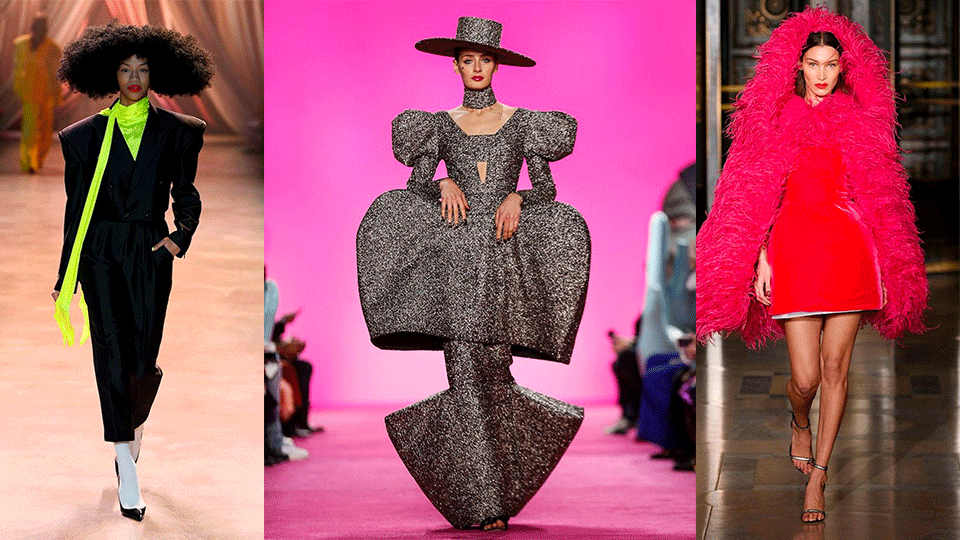- À New Wave to Fashion, À New Way of Living. Download Now on iOS Android Canada SS22
- hello@alahausse.ca
A Blast From the Past of Fashion Sustainability

Redesigning NYFW 2022: Sustainability through Design
January 10, 2023
The Metaverse: What can We Expect?
January 10, 2023- #HAUSSEPEOPLE
- #WEARYOURPURPOSE
- 2022 trends
- Affordable
- Circular Economy
- Circular Fashion
- Circular Fashion Economy
- Conscious Buying
- Consumers
- eco-conscious
- Eco-friendly Fashion
- Fair Trade
- Fashion
- Fashion Industry
- Fashion innovation
- Fashion Market
- Fashion Technology
- Future Fashion
- future of fashion
- history
- Innovation
- Regenerative Sustainability
- Sustainability
- Sustainable Fashion
- Sustainable Global Goals
- Technology and Innovation

Written by: Dylan Stoll
With sustainability on our minds, many can’t help but wonder how today’s standards were yesterday’s goals. There was a time when sustainability was not the aim of the game. At all. Nobody really cared where their clothing came from, or how it was made; they just wanted it in their closet as soon as possible and they didn’t care how that happened. Today, many of us should be proud as a society to know that this way of thinking is no longer the case; over 85 percent of people have already ‘gone green’ in some respect, and a third of people are willing to alter their spending habits for the better of the environment.
But how did this significant process of change happen? Where did the sustainability movement begin?

The Times, They were Changin'
The story of fashion sustainability is fairly young, first coming into its own amidst the emergence of counterculture during the 60’s. Otherwise known as the hippie age, the 60’s were a turbulent time to say the least.
The change in fashion at the time is likely attributed from the phenomena of a time conflict. As the next generation of young adults came to understand the social and natural implications of their purchasing habits and the industrial complex that supplied them, they felt less inclined to give in to the new, less sustainable fashion choices that were made available to them by fashion conglomerates. Second-hand, recycled, and remade clothing items then became the norm amongst the counterculture scene, as were eco-friendly fabrics, and natural sources for clothing materials.
Bringing the Textile Market back to US Soil
With the first Earth Day happening on April 22, 1970, sustainable fashion continued on through the 70’s. People were becoming more and more aware of their impact on the environment, and were no longer willing to contribute to environmental degradation. The logistics of the apparel market also changed considerably when 1973 came around, after the US government set up a quota system to provide a boost for domestic textile companies, preventing other companies from outsourcing. This would set the stage for the sudden boom in the apparel market 31 years later.


Social Movements
The 80’s brought with it bold colors, bold styles and bold social movements. Like a dark flower, the counterculture goth movement had sprouted and taken hold, establishing itself as the anti version of the hippy. And not unlike the hippies, the goths of the 80’s focused their fashion interests on vintage and unique second-hand apparel items, rather than novel purchases at brand-name retail locations.
Anti-fur campaigns were also very chic amongst those in the counterculture scene. After French film actress Briggette Bardot joined the fight against seal hunting in Northern Canada, fur sales in Britain fell by an astounding 75 per cent. In 1980, PETA was formed and in 1984 Greenpeace announced that it would be starting its anti-fur campaign, an attack on the fur-market that would include many famous fashion photographers and celebrities.
By the end of this iconic decade, the World Fair Trade Organization was also founded, providing a structural framework of standards for economically marginalized producers. With a vision of the future that “puts people and planet before profit,” the WFTO fought poverty, climate change, gender inequality and injustices around the planet, and continues to do so to this day.
Anything for the Cause
But the 1990s saw a wave of democratization in fashion. Due to the rise in global communication and offshore manufacturing, fashion became cheaper and more accessible than ever. Production and consumption rates accelerated even more. Fast Fashion was born. “The Global Reporting Initiative (GRI), an international non-profit organization was founded. Their mission is to empower organizations to be transparent, and make decisions that create social, environmental, and economic benefits for everyone.
If you grew up during this decade, you know exactly what I’m talking about. Buckets of blood, nudity, and other striking displays of imitation violence and implied cannibalism made up many of the advertisements that fought the use of fur and other animal products. Just recently, PETA announced an end to their “I’d Rather Go Naked Than Wear Fur” campaign after a 30-year battle, a self-declared success, as far as they were concerned. And rightfully so. Today, nearly every top fashion designer has shed the fur in favor of the faux-fur alternative.


The Modern Age
Since the Early 2000’s, the sustainable clothing movement has gained a wicked amount of traction. In 2005, after the World Trade Organization established a new agreement that superseded the quota of the 70’s, many large American fashion companies moved most of their production overseas. This may have been great for their bottom line, but their public relations took a serious hit. A great deal of modern sustainability movements started because of the poor labor practices happening at many of these so-called sweatshops, and as a result, the negative connotations surrounding ‘fast fashion’ truly dug its nails into the psyches of the modern fashion consumer.
Sustainability and the ÀLA.HAUSSE Ecosystem
Now, sustainability, eco-friendly, and making more conscientious purchases has become a standard, not only for the consumer, but for the manufacturer as well. Big-name brands like Nike and Gucci, among many others, are all buffing up their public relations by emphasizing greater transparency, the production of eco-friendly products, and the setting of sustainability goals for the future.
With companies finally making big decisions to change the fast-fashion status quo, we at the ÀLA.HAUSSE ecosystem are confident that our establishment at the forefront of the modern initiative for a sustainable future was the right move to make. It’s obvious that the fashion market is changing. In fact, it’s been changing for over 60 years. In a world where it’s all too easy to hear that the sky is falling, it’s good to hear that progress has been made, and that the human race is pushing forward, not backward, into the future of fashion!

À New Wave to Fashion. À New Way of Living.
Your First and Last Sustainable AI and Social Powered P2P/B2C Multifunctional Ecosystem (BUY/SELL/RENT/LEND/ SWAP/GIFT), for Me and You.
Apple: https://apple.co/3F8EgcJ
Android: https://bit.ly/3f7jEY3
Via ÀLA.HAUSSE’s Multi-functional and Multi-purposeful Fashion Ecosystem- BUY/SELL/RENT/LEND mobile application, INDIVIDUALS & brands ( BETA) are encouraged to REBUY, RESELL, REUSE and UP-CYCLE their personal “Clossets” aka Clothing Assets. Through this consumerism habit shift we slow down the urgency on fashion carbon footprint, aiding sustainability as a whole.
Launching NOW on iOS Android Canada
Give me a read: shorturl.at/rIMT8
More stories on www.alahausse.ca, Medium & Hackernoon. Follow & Tag @ala.hausse
#ALAHAUSSE #WEARYOURPURPOSE #HAUSSEPEOPLE








